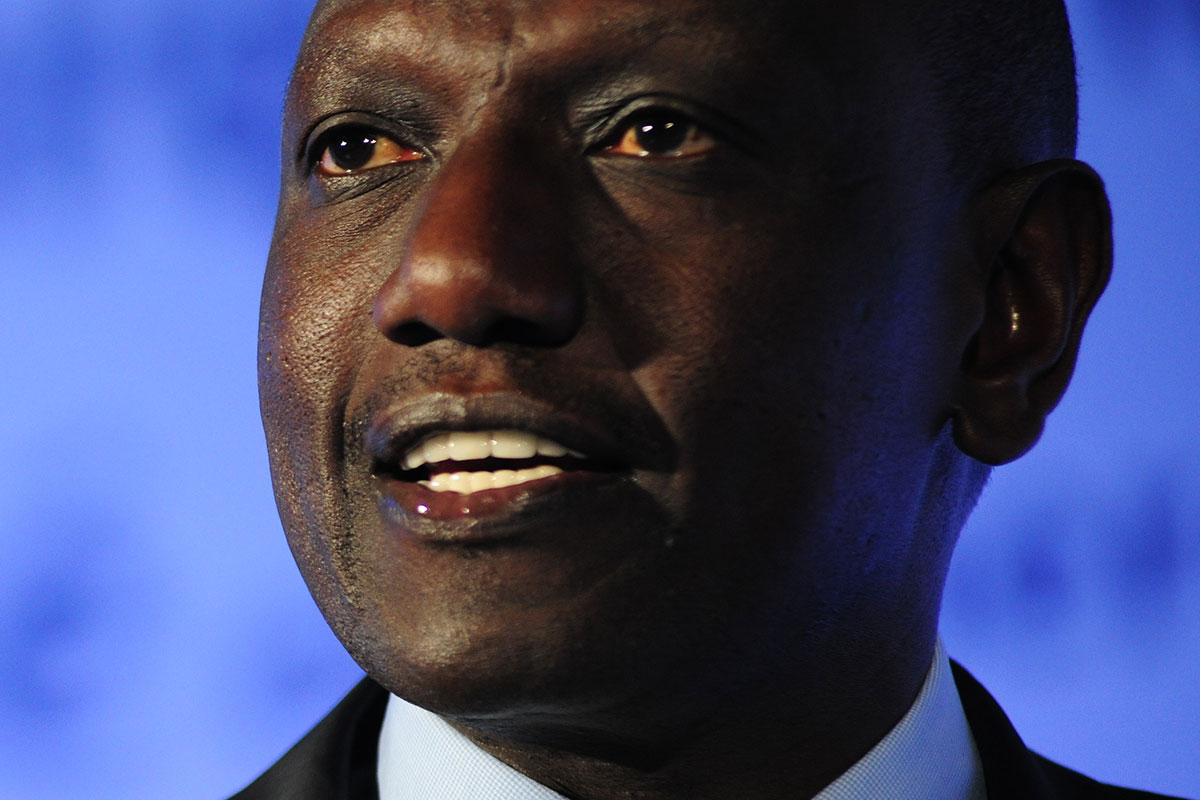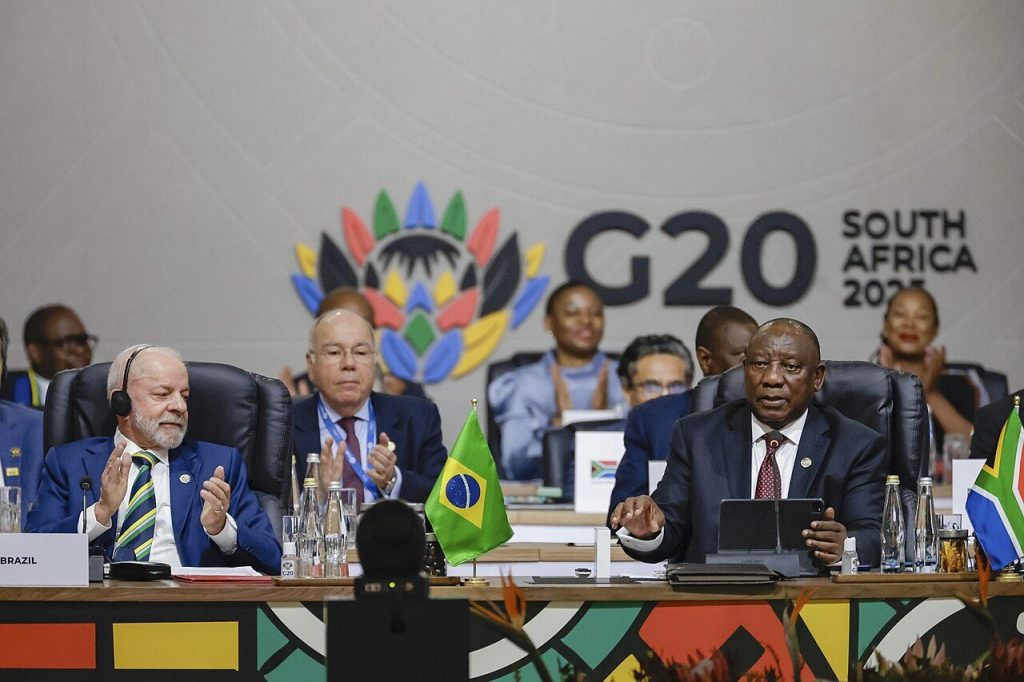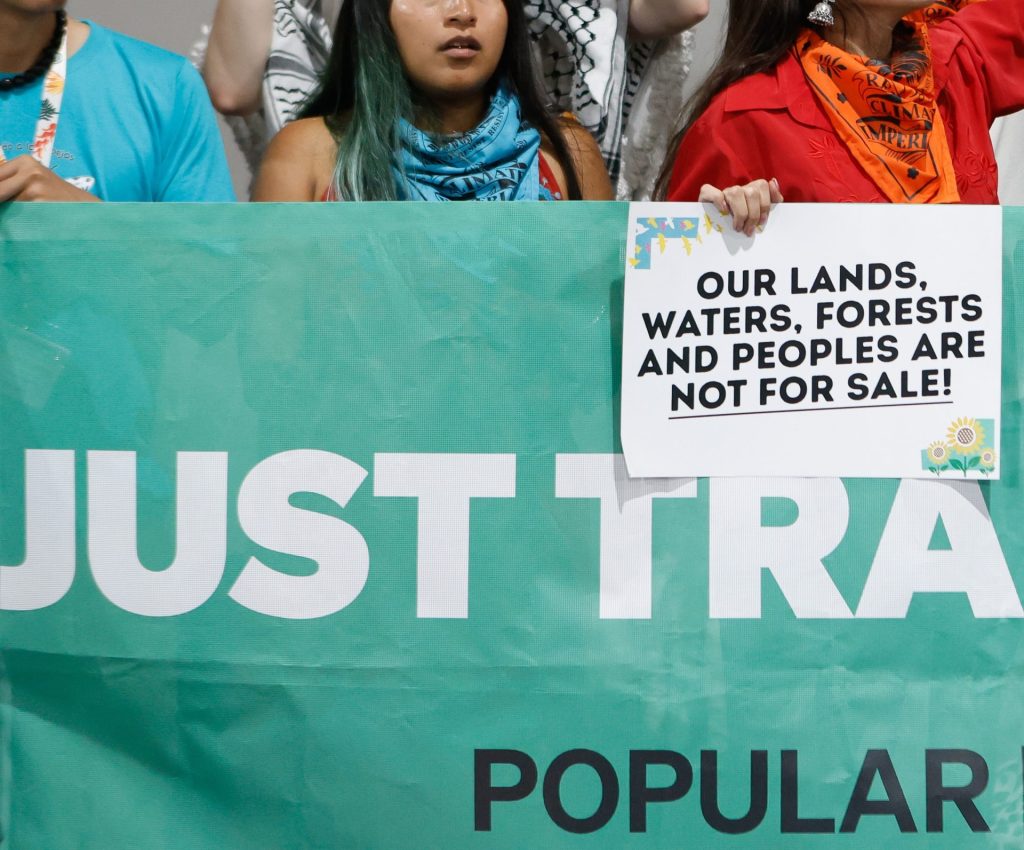Dr William Samoei Ruto, the new president-elect of Kenya, won the country’s elections on 9 August 2022, narrowly beating his opponent Raila Odinga. The election results have been challenged by Odinga in a petition before the Supreme Court, which is due to be heard in the coming days. It is unclear whether Ruto will succeed, but as was pointed out in the Financial Times, his triumph at the polls heralds a move away from ethnic voting and independence era politicians, most notably because of his landslide victory in Mount Kenya, the home territory of former president Uhuru Kenyatta.
Ruto has served as the deputy president of Kenya, the Minister for Agriculture as well as the Minister for Higher Education for more than a decade. He is heralded for being a down to earth politician, more keenly aware of the needs of people on the ground. The manifesto of his party the United Democratic Alliance (UDA) is detailed, not only in terms of its pledges but also budgets and timelines. It is anchored on six key pillars, one of which includes environment and climate change. In a dedicated chapter on the subject, the UDA reiterates Kenya’s revised NDC mitigation target of reducing emissions 32% by 2030, and the Constitutional mandate to ensure that at least 10% of land area has forest cover. It is proposed that this be achieved through Agroforestry, with a target of planting 5 million acres of agroforestry woodlands. Other targets include the scale up of clean cooking technologies, and the promotion of youth owned briquette making enterprises for the conversion of agricultural waste. In commenting on the manifesto, Clarice Wambua, a partner at Cliffe Dekker Hofmeyr (Kieti Law LLP) noted that unlike in the past when climate change did not feature in party manifestos, there was an effort by both Raila’s Azimio coalition party and Ruto’s UDA to make provision on the subject. It is encouraging that the UDA manifesto included a reference to Kenya’s NDC target and set out some detailed climate measures. She added that while Kenya has a history of manifestos not being followed, citizens are increasingly more vigilant and are likely to require more accountability from elected officials. Since Kenya already has a strong climate policy and legal framework, the task of the incoming presidency will be on policy implementation as opposed to design.
Another question that remains is whether Ruto will uphold the position on gas adopted in the Kigali Communique on a Just and Equitable Energy Transformation in Africa. Signed in May 2022 by Ministers from ten African countries, including Kenya, the communique supports the deployment of gas as a transition fuel in Africa’s pathway to a Net-Zero future. The role of gas as a transition fuel will likely be raised during the African Ministerial Conference on the Environment (AMCEN), on 12-16 September in Dakar. AMCEN, amongst other things, is tasked with developing common positions to guide African representatives in negotiations for legally binding international environmental agreements. Moreover, in August, Uhuru Kenyatta, the now former president of Kenya assumed the chairmanship of the Committee of African Heads of State and Government on Climate Change (CAHOSCC). It was hoped that Kenyatta, at the helm, would “push the African Climate agenda forward” at COP27, however it is unclear how this will manifest while national leadership in Kenya remains contested.
To date, Ruto has not been particularly vocal on climate change. Historically he has campaigned for the 1050MW Lamu Coal Plant, a development that was put on hold by Kenya’s high court on multiple grounds, including its climate impacts. In 2016, he reportedly accused Lamu local leaders of using misinformed propaganda to sway the public’s support for major development projects. If Kenya is to assume a leadership role at COP27, and in the event the court challenges against him are unsuccessful and he assumes office, it will be important for him to demonstrate clear and strong leadership on the question of climate, not only for Kenya but also in respect of CAHOSCC and Africa more widely at COP27.




